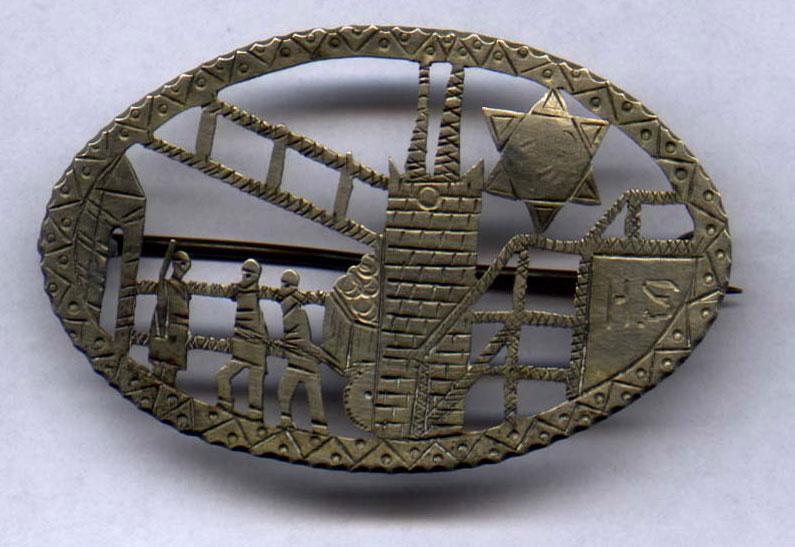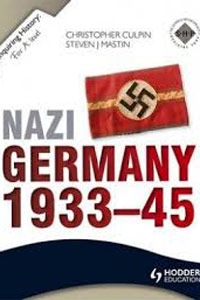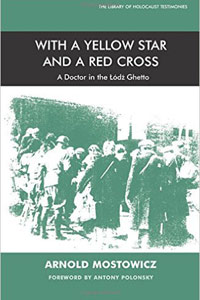Shalom and welcome to the 32nd issue of Teaching the Legacy.
This year marks 70 years since the liquidation of the Lodz ghetto. As such, we have dedicated this newsletter to life and death in that ghetto, 70 years after its liquidation. The Lodz ghetto was unique because it was one of the first ghettos to be established and it was created to be temporary, yet it existed longer than any other ghetto in Europe. It was the very last ghetto to be liquidated, in the summer of 1944. At that point, the Soviet Army had already liberated much of Poland. The ghetto was still supplying much-needed manpower for the German armaments and other industries. And yet, against all logic, the Nazis' antisemitic ideology trumped practicality, and the Germans wiped out a working ghetto that they had left alone and undisturbed for more than one and one-half years.
We have included articles that describe the talent and culture that was lost: one piece in the newsletter is devoted to two Jewish poets, both of them boys; another article is devoted to the Legend of the Lodz Ghetto, a creation of talented artists and writers in one of the ghetto factories. The newsletter deals with the tension felt in the ghetto during its last moments, when the ghetto inhabitants still dared to hope that the ghetto would not be liquidated. We have included an article on Henryk Ross, a Jewish photographer who photographed some controversial pictures of ghetto life that have rarely been exhibited in the past 70 years. Looking back 70 years later, we feature an interview with an expert on the Lodz ghetto, Dr. Michal Unger. The newsletter includes a book review and an artifact.
As always, the newsletter features new publications and updates on recent and upcoming activities at the International School for Holocaust Studies and across Yad Vashem. We hope you find this issue interesting and resourceful and we look forward to your feedback.
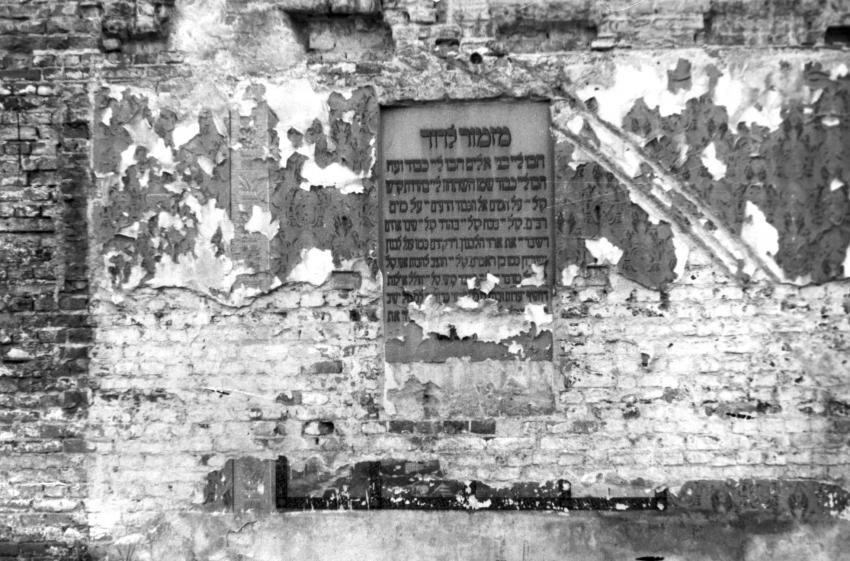
The Lodz Ghetto – Historical Background
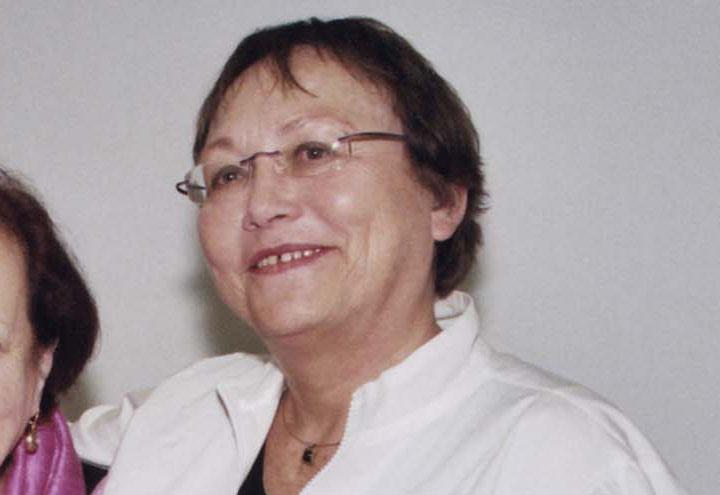
Interview with Dr. Michal Unger, Historian
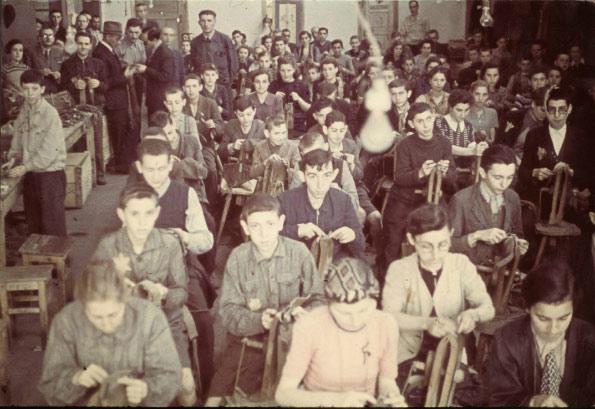
The Final Days of the Lodz Ghetto
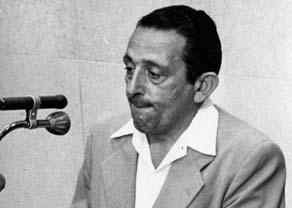
The Jewish Photographer Henryk Ross
The Legend of the Lodz Ghetto Children
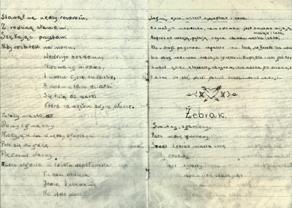
Coping With Reality: Two Teenage Poets in the Lodz Ghetto
